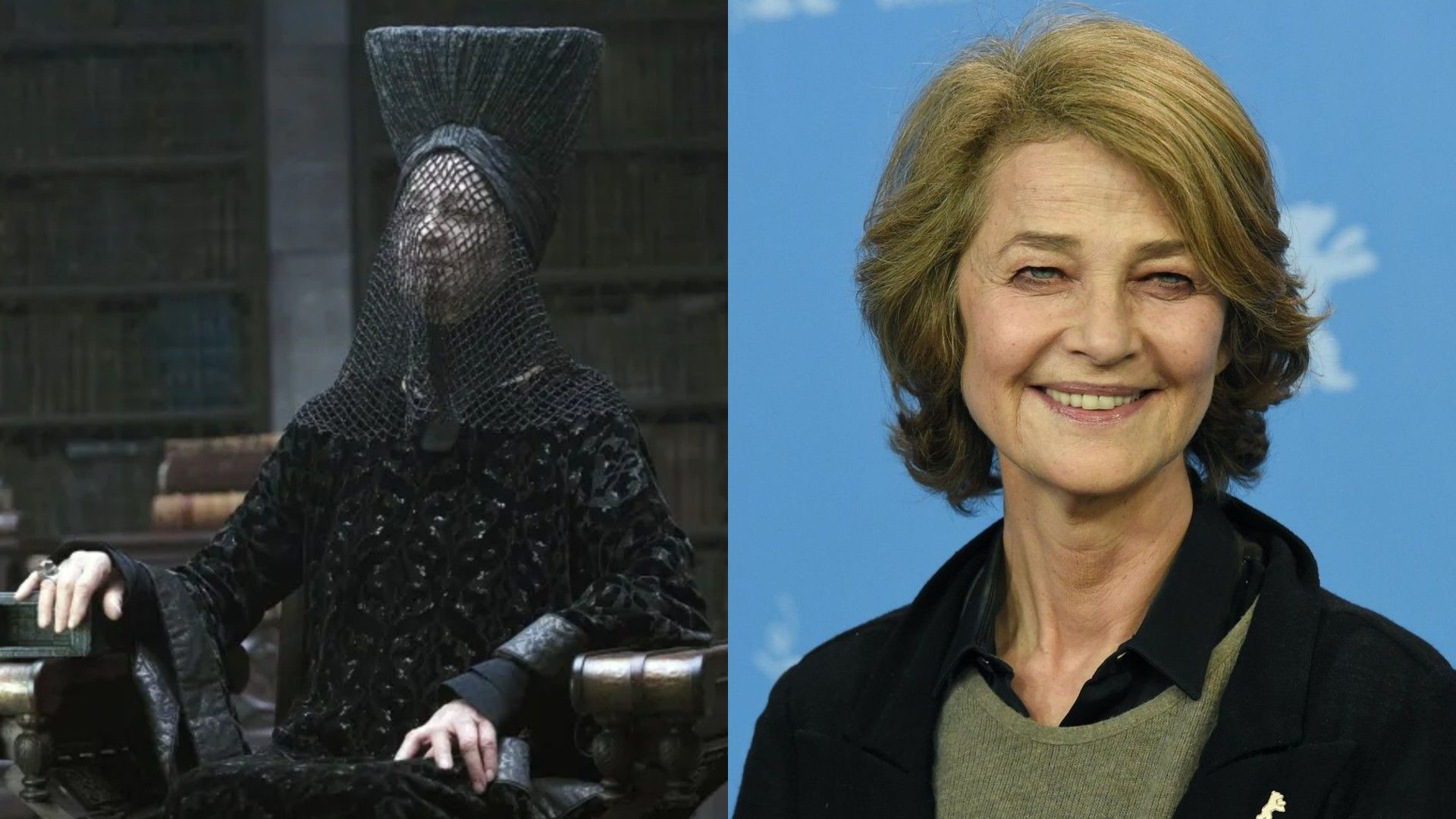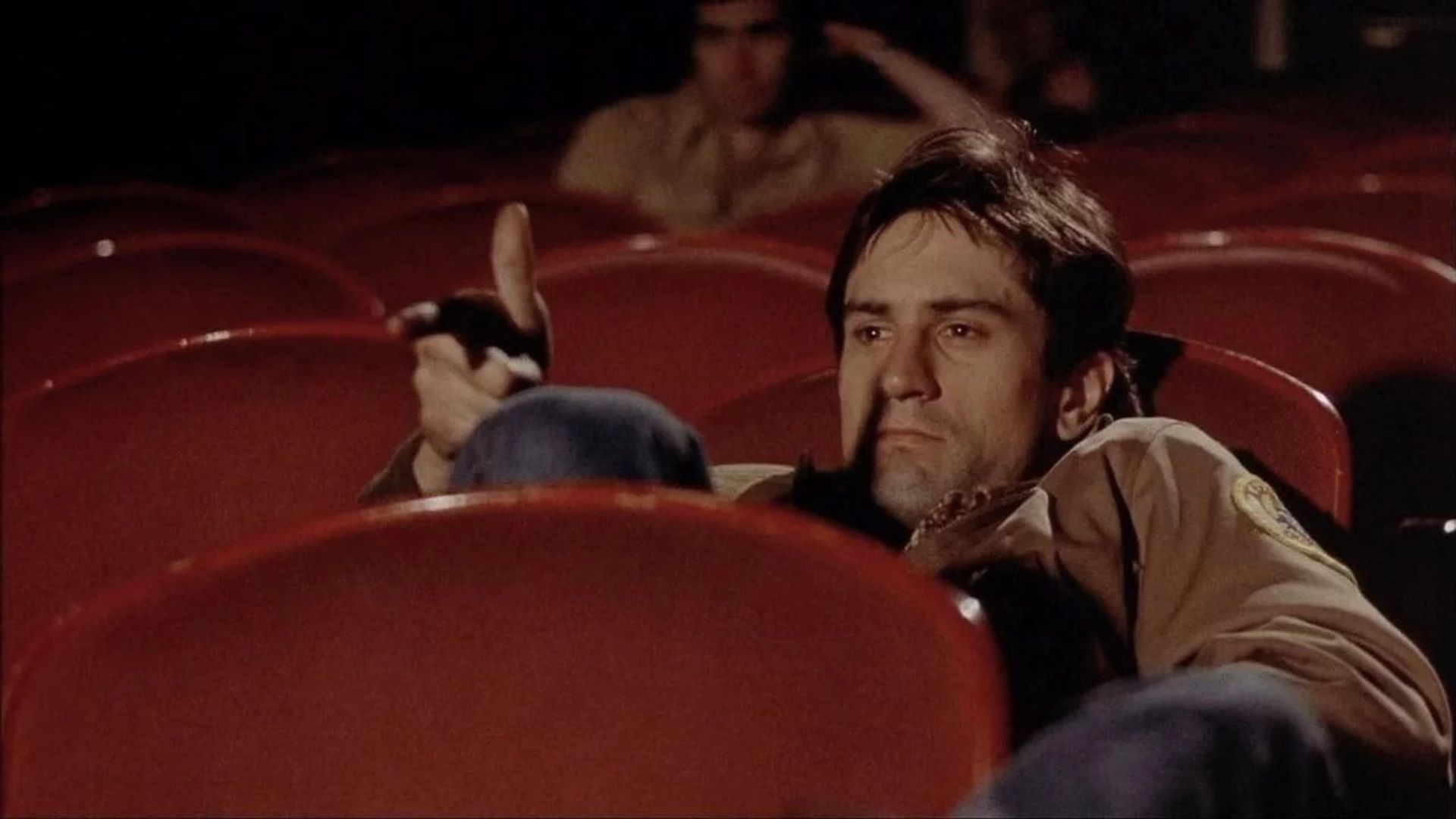The Role That Almost Ruined a Career
Charlotte was only 17 when she was noticed by a film agent. Even without an acting education, the young Rampling instantly attracted public attention by starring in the film "Georgy Girl" (1966).Her character, Meredith, challenges the stereotypes of the time. She openly talks about having had abortions, doesn't dream of marriage, and gives her child to an ex-lover upon realizing she's not ready for motherhood. This was one of the first examples of Rampling choosing unconventional roles.
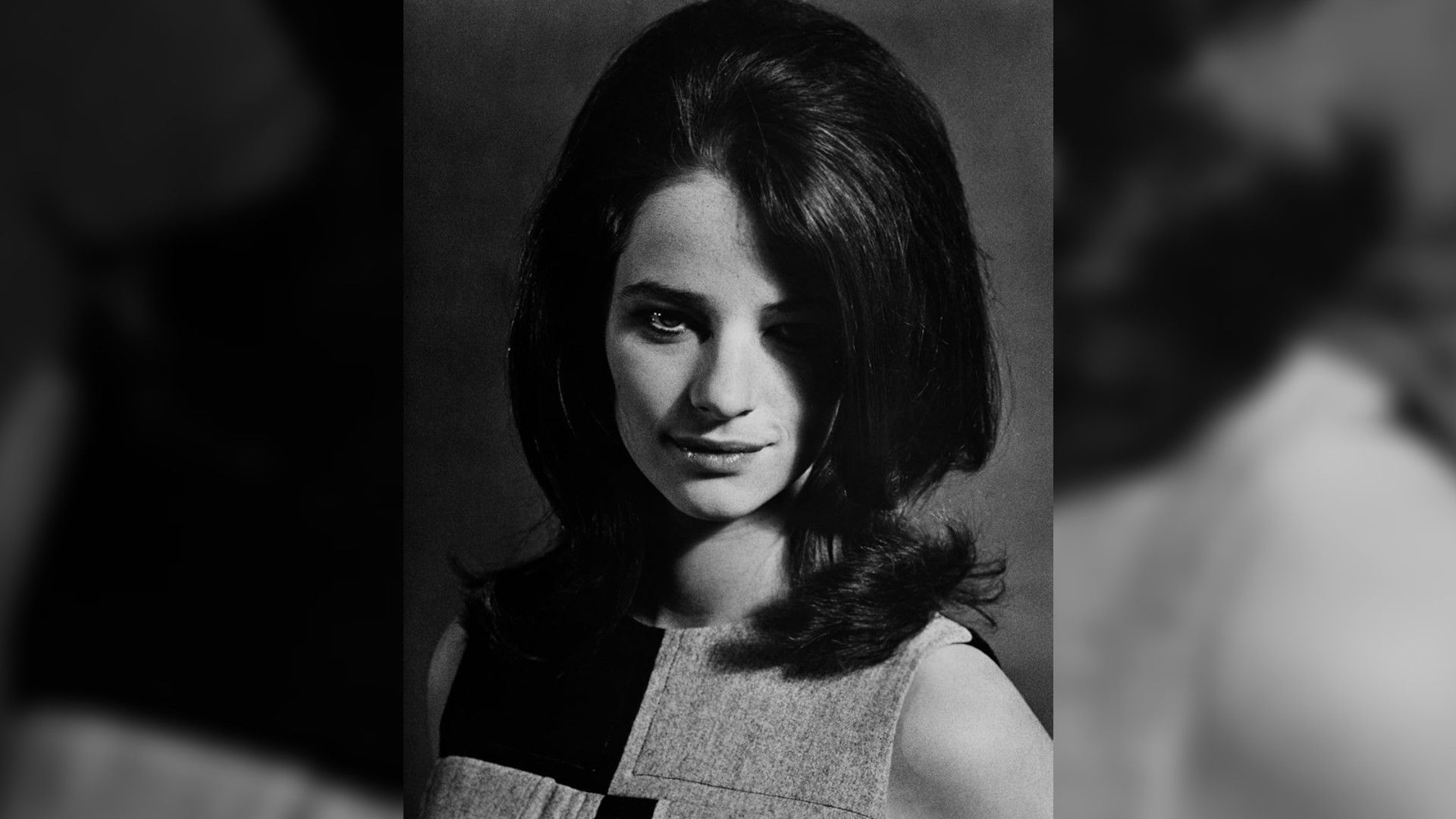
Source:
imdb.com
From Actress to Nun
When directors finally recognized Rampling's talent, her career skyrocketed. But an unexpected tragedy nearly shattered everything: Charlotte's sister, 23-year-old Sarah, took her own life, unable to cope with postpartum depression.Seeking relief from the pain, the actress took a break from her profession: she began to travel extensively and later found refuge in a Buddhist monastery. "It helped me a lot. I was in complete chaos. After the tragedy in my family, I thought I wanted to act in films that challenge audiences. I wanted to give meaning to what I do," Rampling explains.
A Film That Redefined the Boundaries of the Permissible
In 1974, "The Night Porter" by director Liliana Cavani hit the screens, and the world stood still. This film remains one of the most controversial in cinematic history.As noted by zoomboola.com, 28-year-old Rampling played Lucia, a former concentration camp prisoner who unexpectedly encounters her tormentor, a former SS officer (Dirk Bogarde). Their relationship, based on painful memories, balances on the edge of love and pathology.
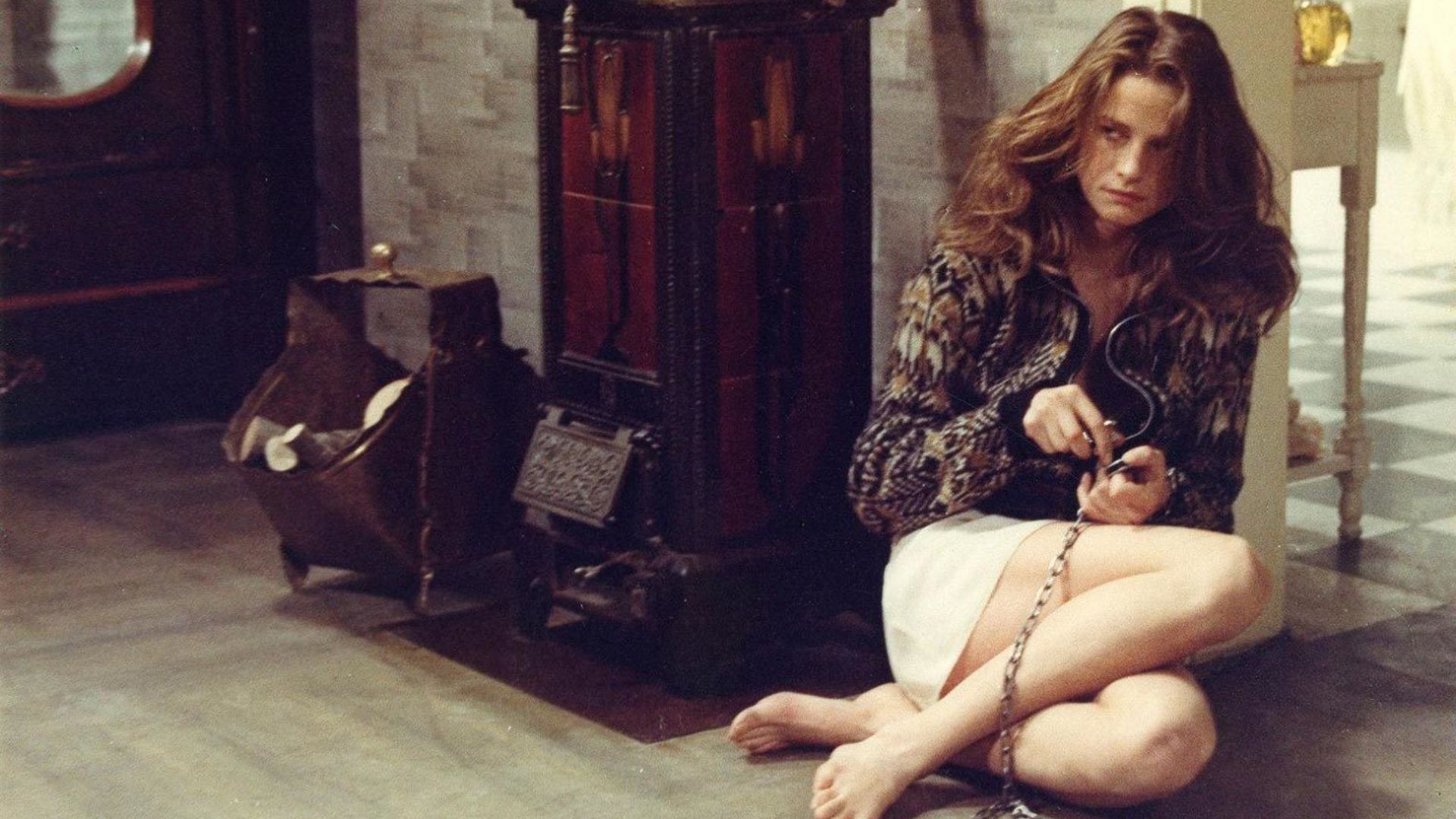
Source:
Lotar Film Productions
"Rampling is absolutely stunning—few actresses would dare to appear in such a film and in such a role. Even fewer could convey all the nuances, from harrowing to erotic, as well as she does," notes critic Roger Ebert.
The mixed reviews of "The Night Porter" are unsurprising: on IMDb, the film has a score of 6.7, while Rotten Tomatoes notes its 67% "freshness." But one thing is certain: the image of a semi-nude Charlotte in a military cap has forever entered the history of cinema.Opinions of viewers were divided: some called the film art, others exploitation of trauma. 'The critics' discontent was provoked by the film's marketing department, which used excerpts from these negative reviews to promote the film,' emphasizes the BBC.
How Sean Connery Became a Meme, and Charlotte Became an Icon of Courage
In 1974, Sean Connery, who had just left the Bond franchise, starred in the extravagant dystopia "Zardoz" by John Boorman. Yes, it's the movie where he flaunts in tall boots and red briefs with suspenders.But while Connery's image quickly became a meme, no one laughed at Rampling. Her character, Consuella, is a strong and cold-blooded woman who initially despises the main character but later succumbs to passion.
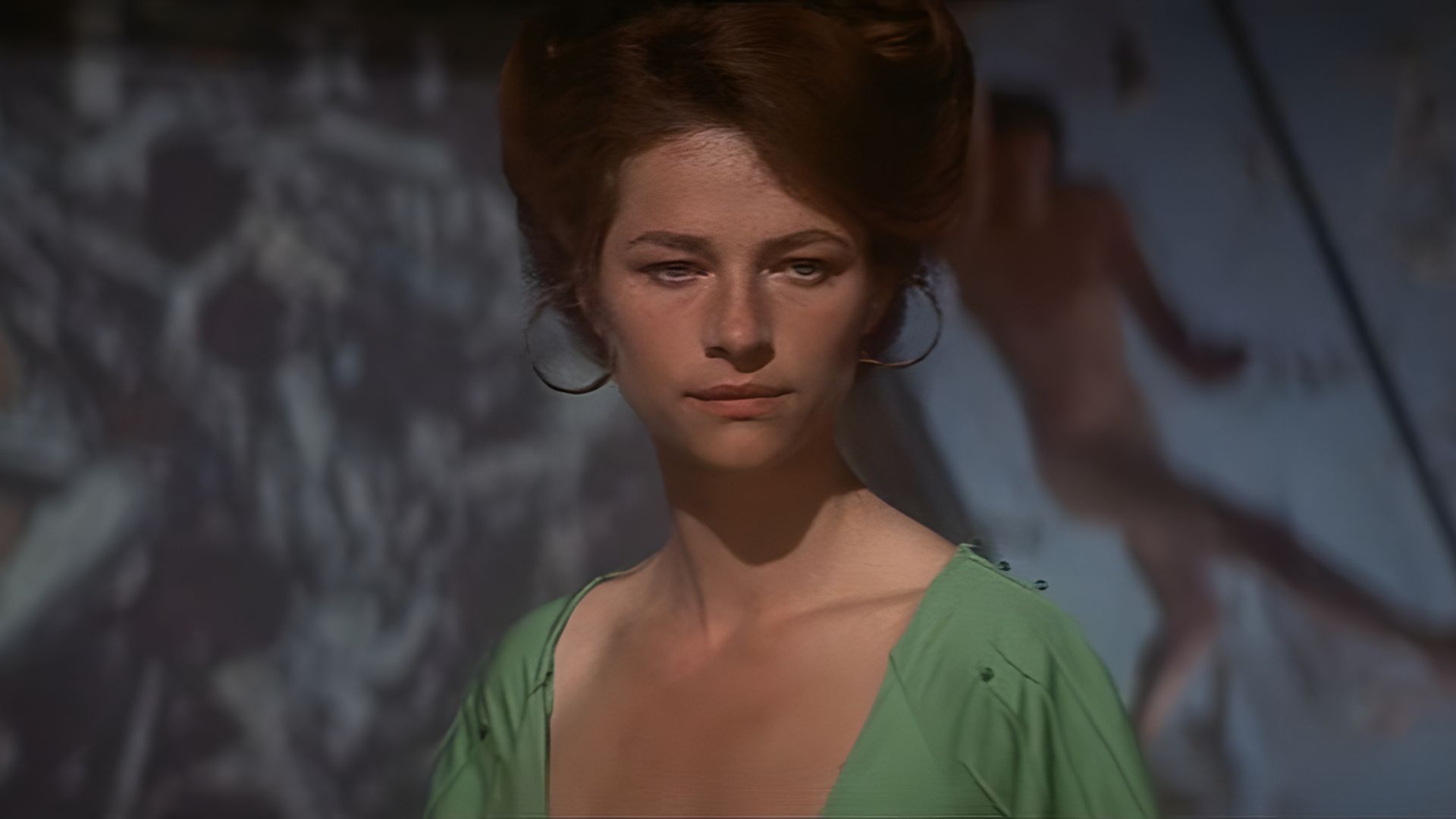
"Years later, I saw 'Zardoz' on French television and thought it was quite good," shares the actress. A modest assessment, considering how much Charlotte's performance in this film impressed audiences.
"Max, My Love," or How Charlotte Had a Romance with a Monkey
Rampling has always sought roles that require complete emotional exposure. She often plays women who face loss, betrayal, depression, and inner demons.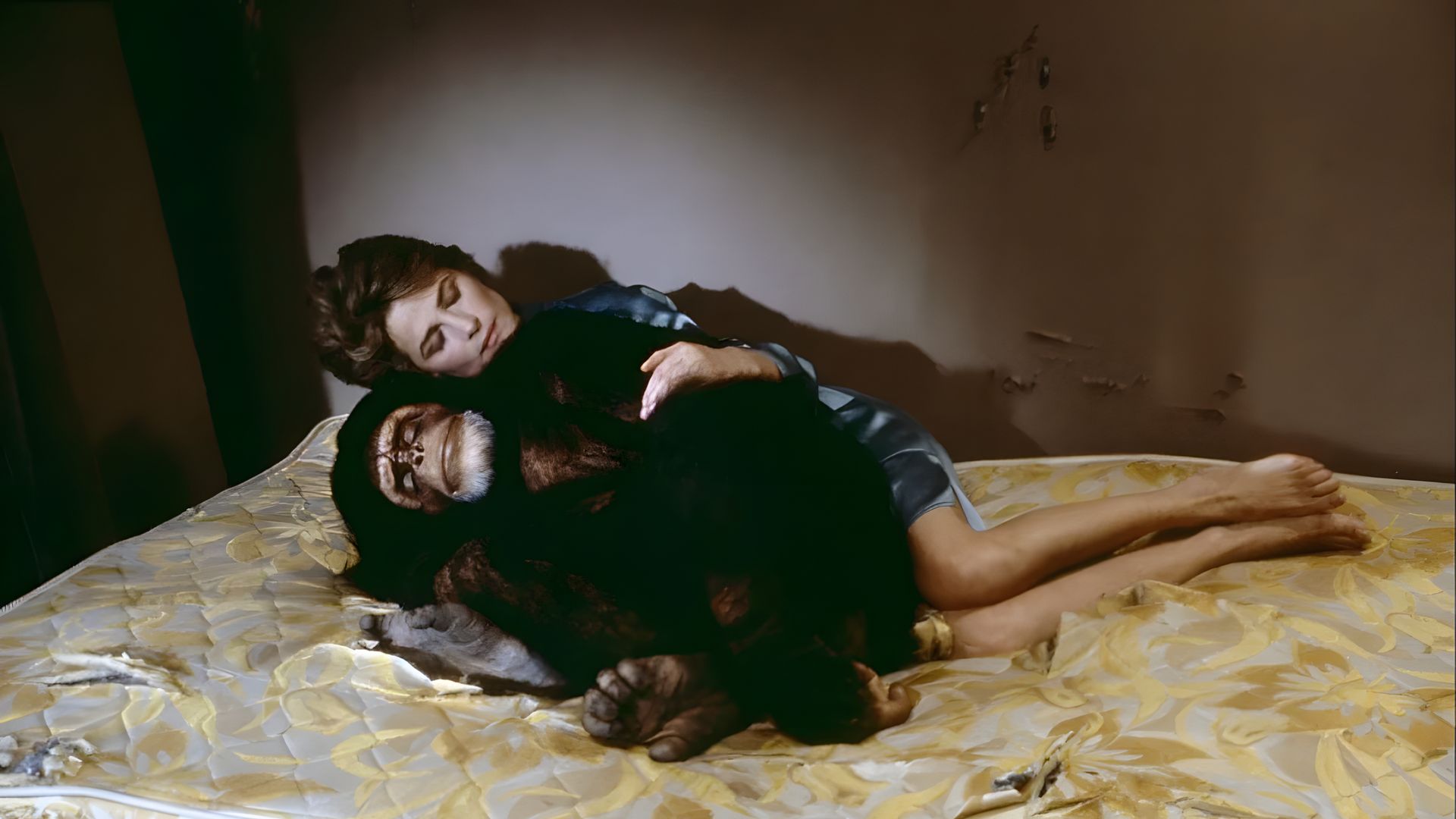
Source:
imdb.com
A Rebel in Cinema and Beyond
The muse of European arthouse, Charlotte Rampling consistently preferred complex and provocative roles, consciously avoiding the mainstream. "I never looked for quick paths. I always worked on my terms and turned down a lot because it didn't suit me. It didn't suit the person I was," says the actress.